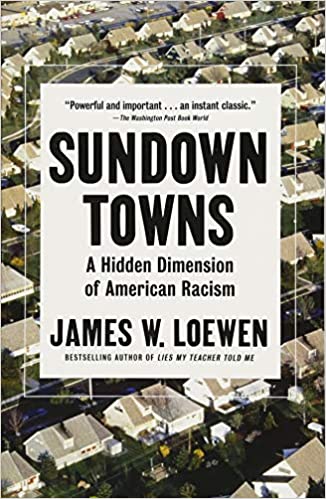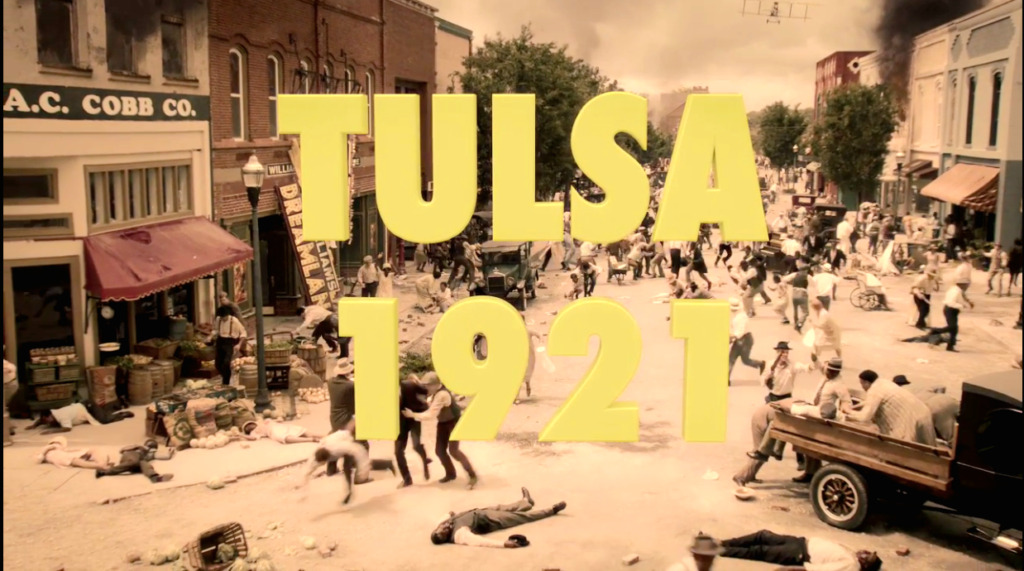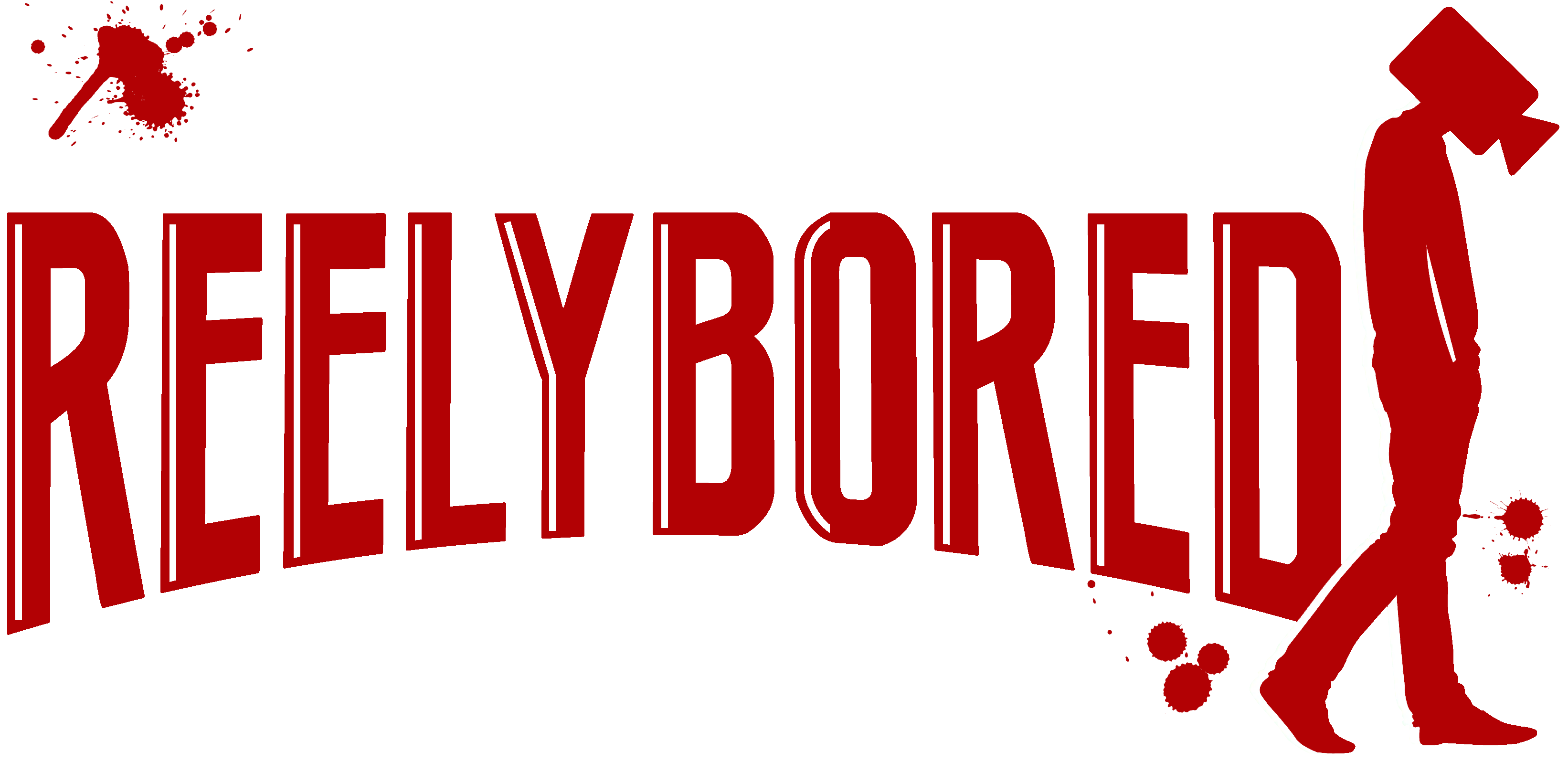
Bestselling author of Lies My Teacher Told Me, James W. Loewen, exposes the secret communities and hotbeds of racial injustice that sprung up throughout the twentieth century unnoticed, forcing us to reexamine race relations in the United States.
In this groundbreaking work, bestselling sociologist James W. Loewen, author of the national bestseller Lies My Teacher Told Me, brings to light decades of hidden racial exclusion in America. In a provocative, sweeping analysis of American residential patterns, Loewen uncovers the thousands of “sundown towns”—almost exclusively white towns where it was an unspoken rule that blacks could not live there—that cropped up throughout the twentieth century, most of them located outside of the South. These towns used everything from legal formalities to violence to create homogenous Caucasian communities—and their existence has gone unexamined until now. For the first time, Loewen takes a long, hard look at the history, sociology, and continued existence of these towns, contributing an essential new chapter to the study of American race relations.
Sundown Towns combines personal narrative, history, and analysis to create a readable picture of this previously unknown American institution all written with Loewen’s trademark honesty and thoroughness.
Sundown Towns: A Hidden Dimension of American Racism Book Review: Blog Entry
My eyes were covered by a shroud and, recently, that veil was removed. A couple of months ago, I sat down to watch the HBO series, Watchmen, based on the DC comics of the same name. The very first episode features the following graphic title card:

What followed is a horrific portrayal of murder, mayhem, and downright inexplicable hatred. I then wondered, “Did this really happen?” Sadly, after a quick Google search, I learned that yes, it did. Not long after viewing this, I watched another popular show, Lovecraft Country. Again, in the very first episode, I was thrust into a grim reality of what once was, and as I read more about it, perhaps may very well still be. Atticus Freeman, a young African-American, has to drive cross-country in 1954 America in search of his missing father. It is here where I first heard the term, ‘sundown town.’ Like the Tulsa, Oklahoma massacre of 1921, I went down the rabbit hole and found myself aghast at what I found. Enter Sundown Towns: A Hidden Dimension of American Racism by James W. Loewen.
In Sundown Towns, Loewen painstakingly highlights and outlines the history and birth of the sundown towns, which are all-white towns or neighborhoods in the United States that purposely exclude people of color, in particular African-Americans, in order to preserve the “purity” of their race by enforcing laws, intimidation, and violent tactics. Get out of our town before the sun goes down or else. As one might imagine, the mere notion of such a warning is terrifying. Sure, get out of town, and you can avoid the problem. You will be safe… right?
“To summarize, waves of ethnic cleansing swept across the United States between about 1890 and 1940, leaving thousands of sundown towns in their wake. Thousands of sundown suburbs formed even later, some as late as the 1960s. As recently as the 1970s, elite suburbs like Edina, Minnesota, would openly turn away Jewish and black would-be home buyers. Some towns and suburbs were still sundown when this book went to press in 2005.”
― James W. Loewen, Sundown Towns: A Hidden Dimension of American Racism
Here is the dilemma, where can you go?
The idea that slavery ended and African-Americans were freed to roam the country after the Emancipation Proclamation and the North’s triumph in the Civil War is an absolute fallacy taught to me in school. The notion of their freedom is as ironic as the main protagonist’s surname in Lovecraft Country, Freeman. Not knowing these atrocities and the grim and bloody past of this country where I was born and raised, my mind exploded! Yes, I knew of the horrors of slavery. And while I do understand that racism is still well and alive today, certain intricacies of the past have been, for lack of a better phrase, well hidden. Furthermore, Loewen discusses how many of the current systems, such as redlining, welfare, the segregation of privileged housing, gated communities, HOA (homeowner associations), etc. stemmed from this “unofficial” system that bred the sundown town.
Our southern brethren were to be feared; get out of the south, emigrate to the North or the West for safety and you will be welcomed with open arms. Again, this is far from the truth. This system of oppression and fear-mongering was nationwide and the need for The Negro Motorist Green Book was instrumental for the well-being of anyone who braved driving through America as it served as a survivalist guidebook detailing places to avoid and safer routes to take while on a trip. The mere fact that such a “guide” existed is a terrifying notion.

Sundown Towns was, indeed, a shocking eye-opener. It exposed an unknown history to me, and I felt shame not knowing about this tragic and morbid past. The truth is, that an inquiry is all that is needed as the information is readily present and available. The amount of work and research that Loewen put into making Sundown Towns must have been a painful endeavor. Having to delve into this country’s horrific and painful history only to discover that, although a lot has changed, a lot remains the same and unhinged. It is people like James Loewen who want to make sure that history is not forgotten and buried. Sundown Towns is an eye-opener that is sure to engage in meaningful conversation and understand the struggle for African Americans in this country. It is not as easy as “pulling yourself up by your bootstraps” as there is a deep-rooted history that makes it challenging for one to do so.
